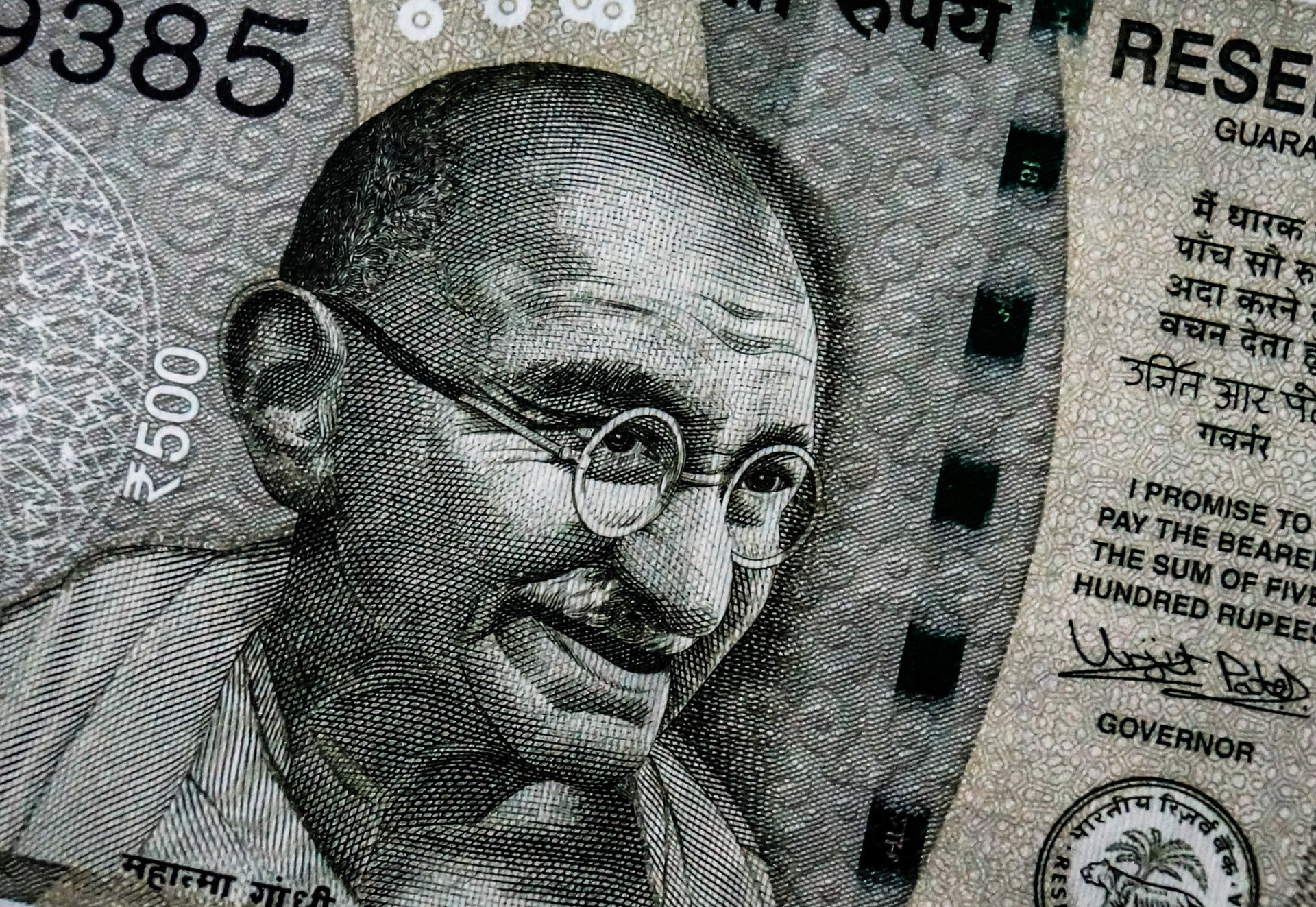
What Gandhi teaches you about strong safety leadership
The name Mahatma, bestowed upon Gandhi, translates as ‘Great Soul’ which is certainly apt for a truly remarkable leader. It is one thing for someone to drive their people towards a goal with the aid of military force, as has generally been the traditional approach throughout history. But to defy that and persuade people to rely solely on non-violent, respectful resistance requires something very special.
Leaders are so influential because of their inseparable link with culture. It is leaders, those with the greatest influence, who share their attitudes, values and beliefs with others. Any change in culture must originate with the leaders, whatever the setting:
“You must be the change you wish to see in the world”
Gandhi’s philosophy of Satyagraha (literally: holding onto truth) was an unlikely concept. In much the same way, putting safety ahead of production in a business setting may initially seem odd. Yet, as with Gandhi, it is about having faith in a cause and staying true to that cause. Satyagraha has been interpreted as passive resistance but perhaps more appropriately as steely determination.
Gandhi recognised that with a clear goal, strong emotional appeal and true resolve anything could be achieved. Determination is certainly what helped Gandhi achieve his goal and it’s an attribute that all safety leaders need by the bucket-load!

In safety, your goal is that nobody gets harmed – which shouldn’t be too difficult to get agreement on, provided you make that emotional link. We need every member of the team, from top to bottom, to recognise the impact that poor safety could have on themselves, their families or their business.
This doesn’t mean constantly telling people how they might get hurt or how the business’ reputation could be damaged, but enabling them to think for themselves so that they envisage the potential consequences – they tell themselves! This goes hand in hand with helping people get away from the idea that accidents only happen to other people.
“To believe in something and not to live it is dishonest”
One of the reasons that so many people followed Gandhi’s lead was because he lived by what he said. He won their trust by demonstrating remarkable integrity.
Similarly, in the workplace, leaders have no leeway when it comes to safety behaviours – they are constantly under scrutiny and their actions examined. Any short-cut, inappropriate comment or unsafe behaviour, however minor, may be ceased upon and used to discredit the message. So leaders must practise what they preach. People will only, willingly, follow leaders who demonstrate integrity and honesty of purpose through their actions.
Most important of all though is a passion for the subject
Gandhi recognised the importance of communication and sharing a clear vision. But it isn’t just the clarity of a vision that must resonate with followers, it’s how you articulate it, with proper structure so it’s understood by all. This might mean changing the content and style of the message depending on your audience. Ideas need packaging that’s representative of the vision in order to sell it.
It is said that Gandhi was not a great public orator but he spoke from the heart with real conviction because he truly believed his own message. As a result, people listened. By adopting this approach you too can communicate your true values honestly to all.
Gandhi was also a great believer in self-examination. In the workplace this means reflecting on your own shortcomings and asking yourself what part you have to play in the run-up to any incident before searching for the mistakes of others. Every incident investigation should start with the actions of the management team. Gandhi demonstrated that great leaders have a self correcting nature. They are their own greatest critics.
Groups crave strong leadership
This is a key element of the human condition. Great leaders put themselves out there, lead from the front and stand up to powerful opposing forces. Just as Gandhi stood up to the colonial British in South Africa and India, so must the safety leader be prepared to stand up to those powerful forces in the corporate world.
These are the forces that would put productivity ahead of safety, as well as the well-poisoners in the workplace who are always trying to undermine the efforts of the safety champion.
The best way to do this is to be out on the shop floor, frequently lending a hand, getting involved and engaging with staff so they see you following your own standards. You also gain insight into what really makes your business tick.
Finally in this analogy, Gandhi showed that it isn’t necessary for a great leader to continuously grow their own power, rather to develop social power, empowering people to feel good about themselves and take matters into their own hands in pursuit of a worthy, common goal.
About Nick Wharton
Lead Consultant
My role is to work with clients from many industries, in many countries, helping them to achieve the culture change they seek. I draw on my years of experience in enforcement, as an HSE Manager in industry and for many years as a Director of Tribe and its predecessor JOMC. During this time, I managed our excellent group of experienced and knowledgeable consultants, as well as overseeing the development of the many and varied new tools and approaches we use to help in getting the safety message across and achieving Culture Change.



